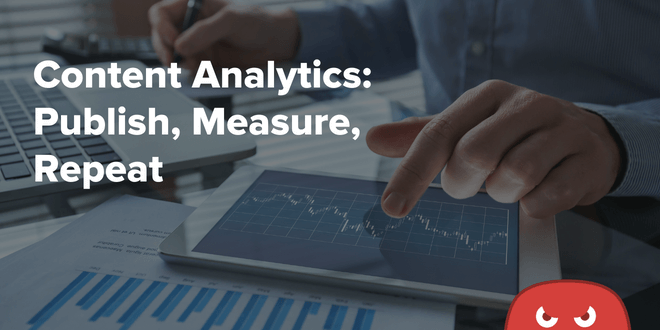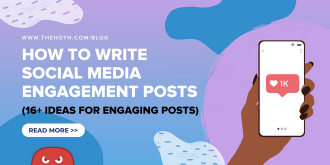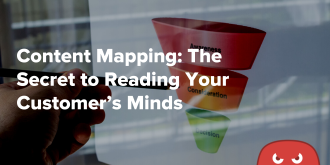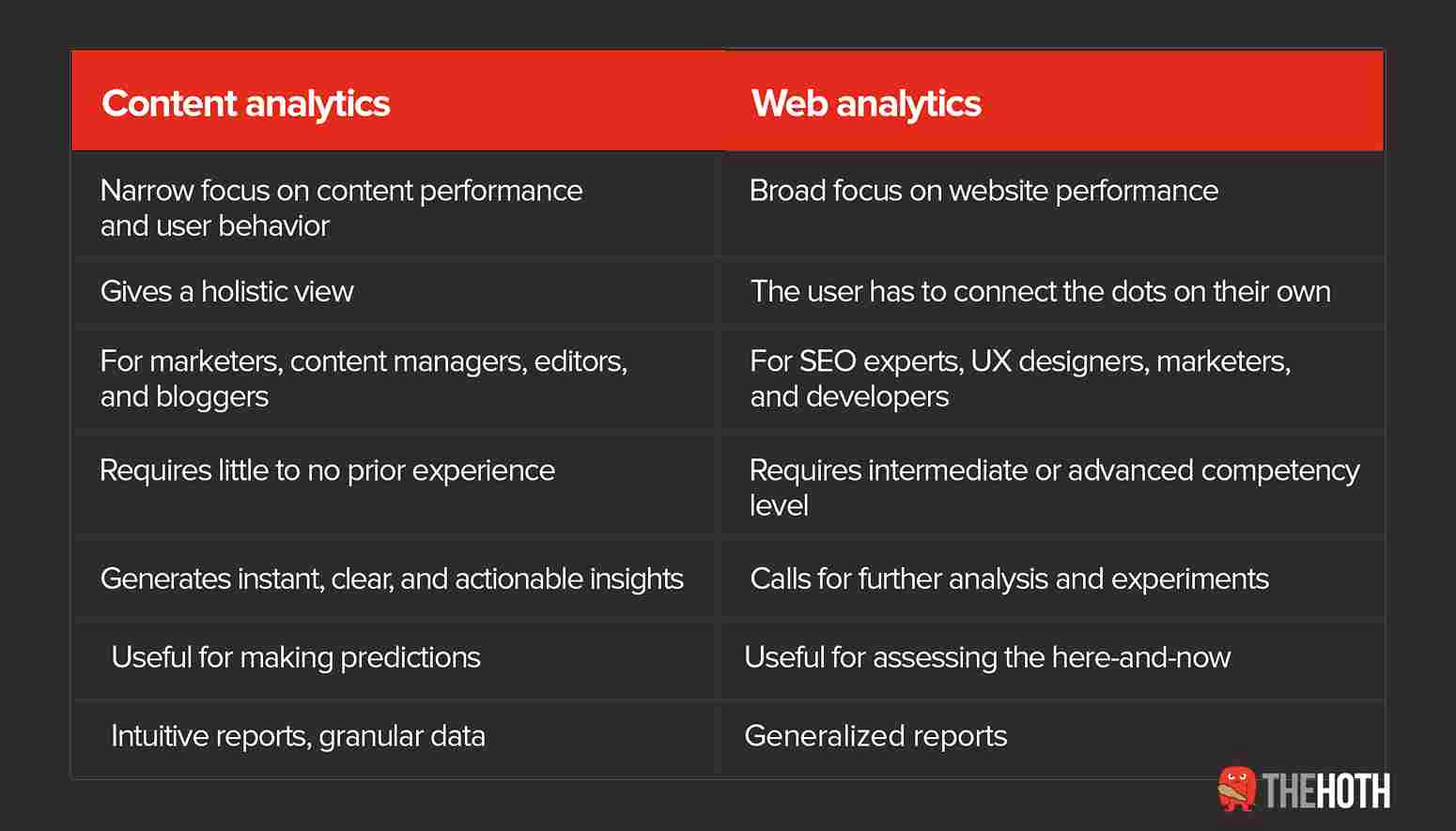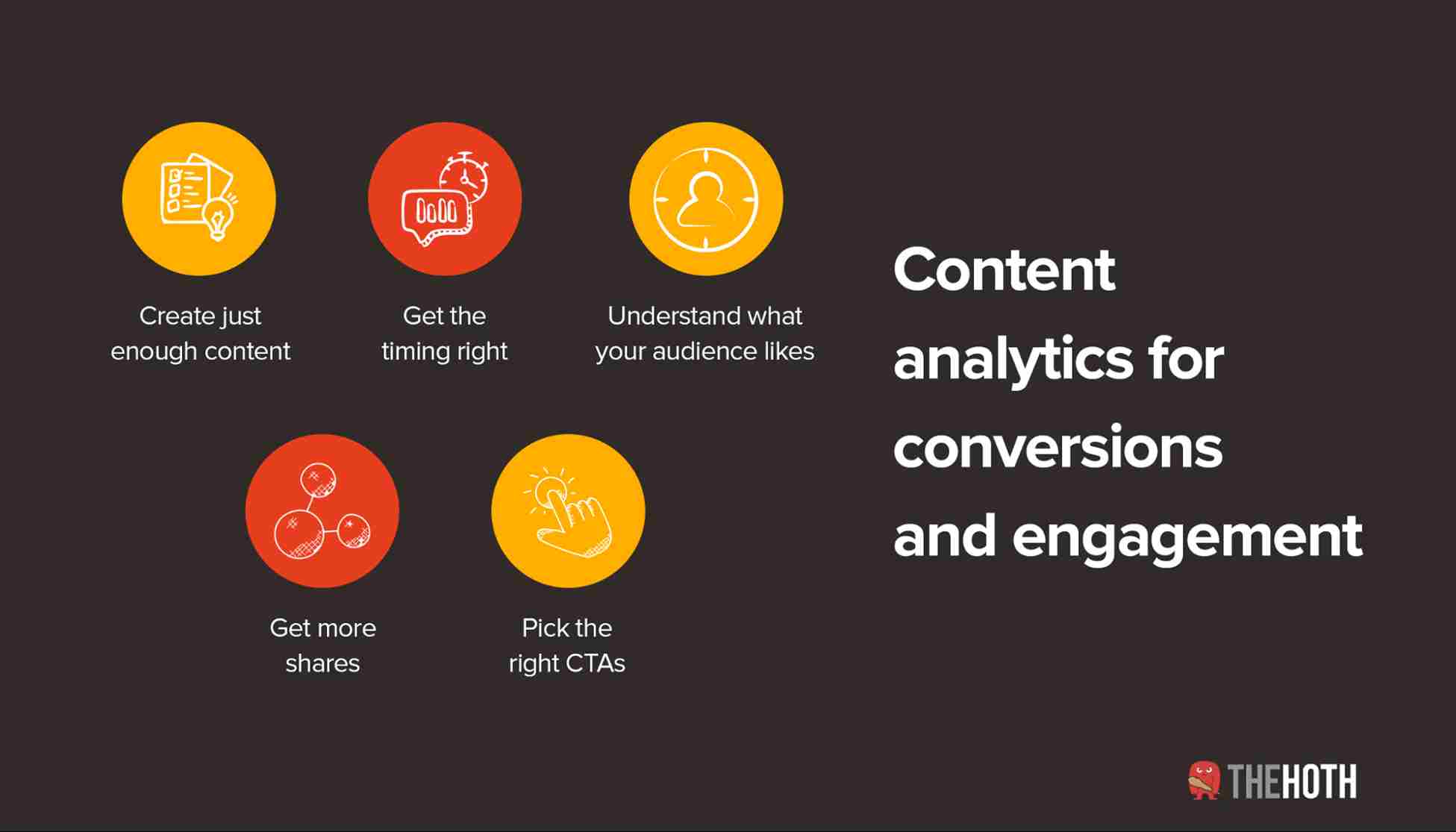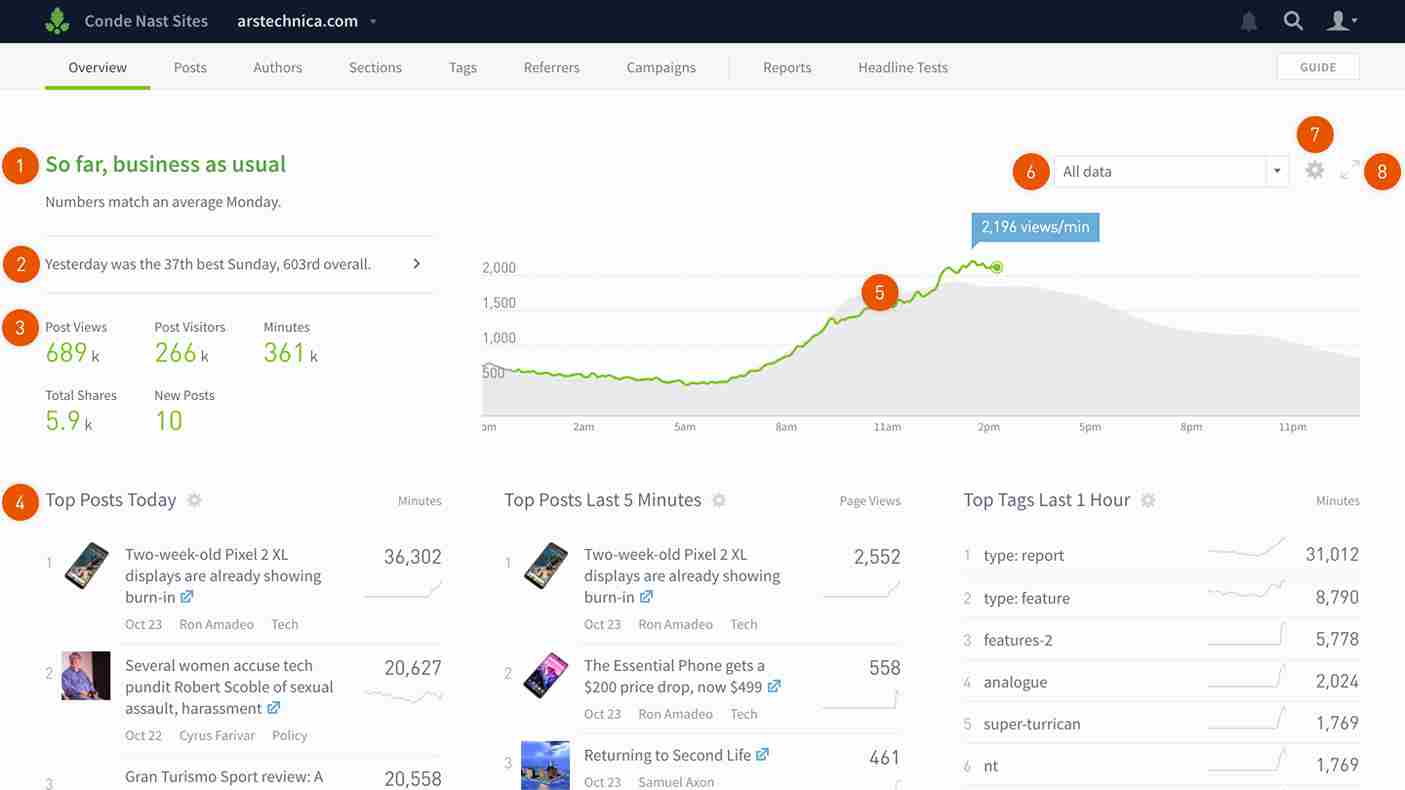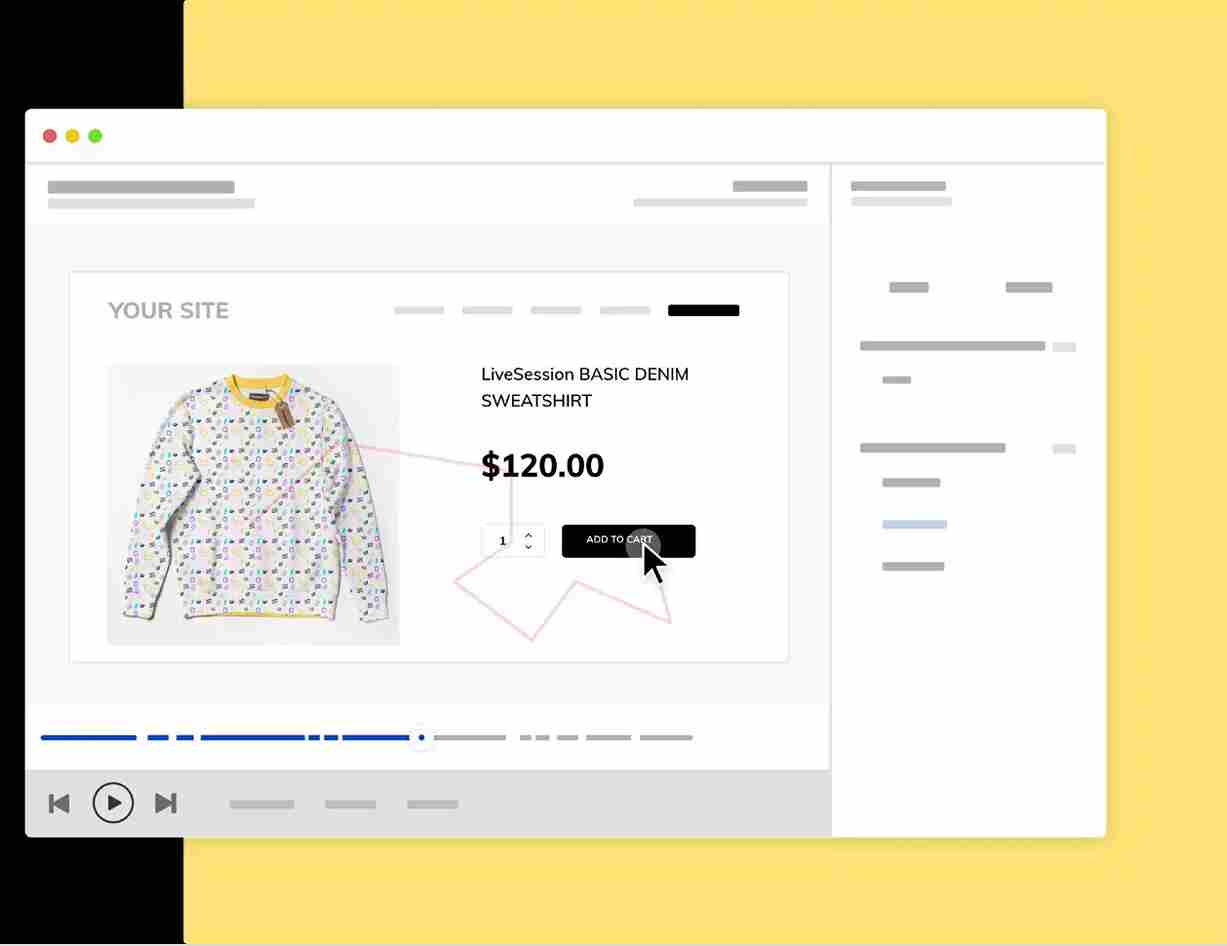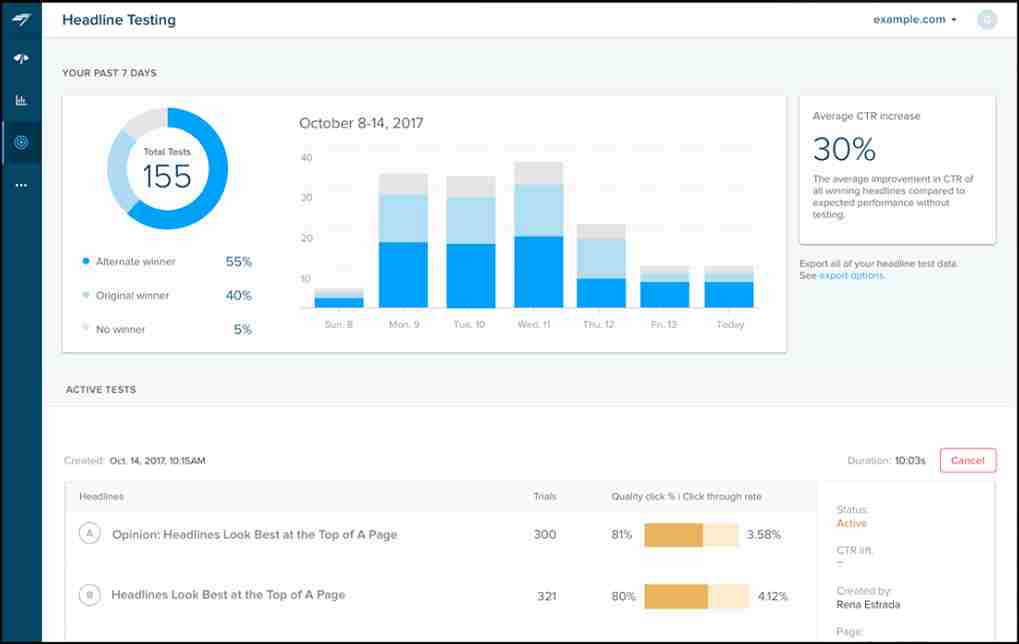Quick Links
Content creators and marketers get excited about many things, and crunching numbers usually isn’t one of them (although there are some exceptions to the rule).
But nothing helps more than data collected with tracking tools when it comes to effectively planning, producing, and delivering content at scale.
Content analytics is like a navigator helping you find or correct your course. It enables you to make more data-driven decisions, create the content that your audience craves, and deliver it across their favorite channels.
The good news is that content analytics isn’t that intimidating or confusing, even though it involves metrics, algorithms, and custom reports. You can measure and learn from the success of your content without being a trained data scientist, that is if you know what to look for.
Let’s break it down.
What Is Content Analytics?
Creating stellar content is just half the battle. You also need to understand how much of it you should produce, how to package it, and how to make sure it gets noticed. That’s where content analytics comes in.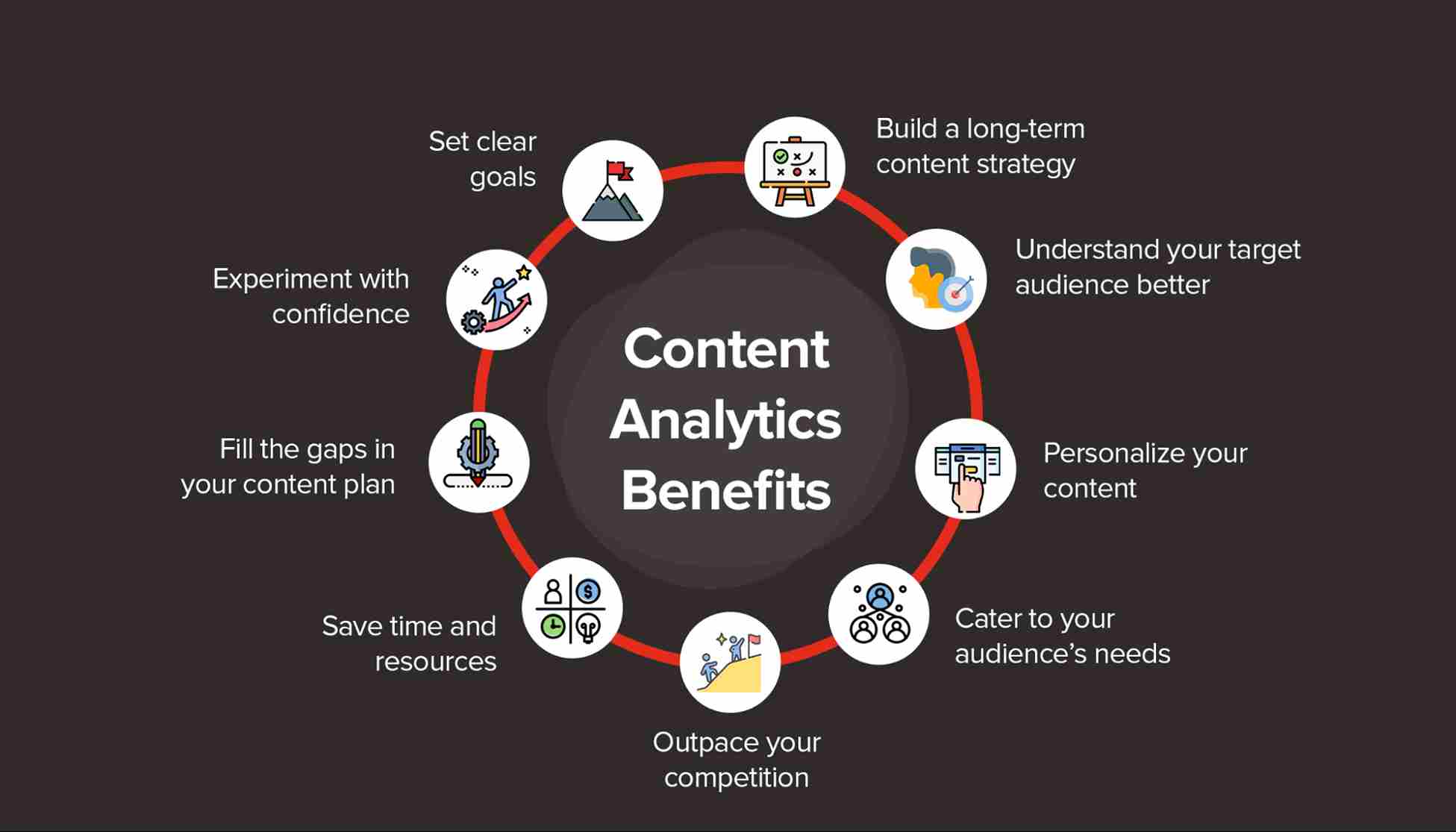
Content analytics, also known as content intelligence, allows marketers and content creators to gain insights into how users interact with their content. It’s not just about measuring likes and shares — it’s about understanding user behavior and sentiment.
Content analytics isn’t synonymous with web analytics — they are two slightly different processes that complement each other. Let’s compare them to see the differences more clearly:
In other words, content analytics helps you generate insights and find out whether you produce diverse and impactful content. Unique data sets and analytics help uncover how your audience discovers and engages with your blog articles, videos, social media posts, podcasts, and other assets.
Content analytics goes hand in hand with SEO analytics because optimizing for search means creating highly relevant content. If your audience finds your blog valuable and unique, chances are, search engines will love it, too (as long as your content is based on robust keyword research, and meets the bar for on-page optimization).
Why Do You Need Content Analytics?
Global ad spending is growing rapidly, and so are content budgets. Yet almost half of the interviewed marketers say that they don’t fully know how their content is performing. And around 70% make content strategy decisions relying on requests from other teams rather than content intelligence tools.
How come so many companies keep investing in content creation but don’t measure its performance and simply hope for the best? The main reason is that common web analytics tools aren’t very approachable and aren’t exactly content-centric.
But “publish and pray” isn’t a viable strategy — you could be throwing your money out the window without knowing it. What you need is user-friendly content tracking software that will allow you to have a look behind the curtains and see whether your efforts pay off.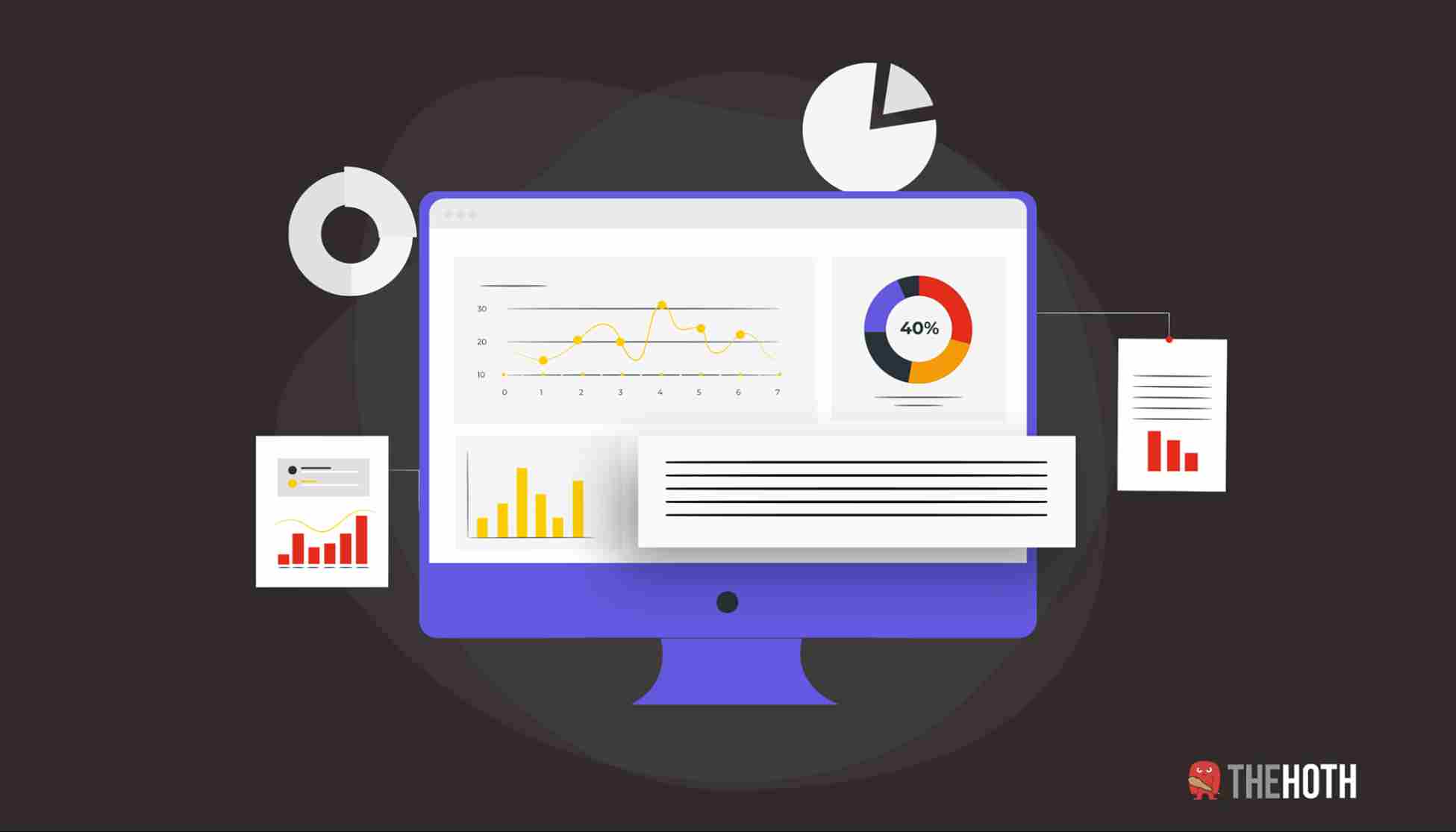
Here are the key benefits of content analytics:
- Build a long-term content strategy: Develop a clear understanding of where you’re going and how you can reach new milestones.
- Understand your target audience better: Find out whether you need to update your buyer personas or reshape your approach to content creation.
- Personalize your content: Understand what resonates with different segments of your audience.
- Cater to your audience’s needs: Share insights, observations, tips, or manuals that will help them achieve their goals.
- Outpace your competition: Be more flexible and attentive when it comes to what your target audience wants.
- Save time and resources: Find out what your audience expects from you instead of going in blind and wasting money.
- Fill the gaps in your content plan: Try out new content types, formats, and ideas that your current plan is missing.
- Experiment with confidence: Focus on creating content pieces that you know are going to grab attention.
- Set clear goals and realistic expectations: Track key content-related metrics to see your actual progress as well as your weak spots.
As you can see, content intelligence can be incredibly useful not only for marketers and content creators but also for SEO experts, strategists, and editors. It allows you to reclaim control, map your content more effectively, and finally reap the fruits of your labor.
Key Content Metrics and Reports That Will Help You Break Down Content Performance
Traditional metrics such as page views or social shares don’t give you enough data on how real users consume and interact with your content pieces. You need to take a look under the hood by tracking more subtle metrics.
These content metrics will give you more clarity on how well your content pieces are performing and what can be improved:
- Engaged time — how much time users spend actively interacting with your piece. This includes scrolling, clicking, watching, etc.
- Session duration — how much time they spend on your website in general and whether they make it to your blog at all.
- Bounce rates — what percentage of your visitors on specific pages leave without engaging with further content.
- Unique visitors — how many new readers your content attracts.
- Returning visitors — how many loyal readers you have.
- Off-site interactions — how users react to your content across your social media channels.
- Social referrals — how many visitors discover your website through social media platforms.
- Top-performing authors — who creates the most effective content for your brand.
- Device breakdown — where people read your content.
- Conversion rates — which content pieces directly drive sales.
- Evergreen content — which posts attract attention long after they’ve been published.
- Micro-conversions — sign-ups, registrations, filled-out forms, internal link clicks, or any other expressions of purchasing intent.
- Post-click engagement — how far your visitors scroll and how interested they are in discovering more of your content.
Some content performance platforms allow you to set custom metrics and get more granular data. You can compare week-over-week, month-over-month, or quarter-over-quarter stats to see your progress and make predictions.
How To Use Content Analytics To Improve Engagement and Conversions
Almost 40% of marketers acknowledge that their biggest challenge with content is low user engagement. Partly because of that, more than 50% of companies don’t tie their revenue goals to content at all. Clearly, something has to change.
Content analysis isn’t just about finding better topics or headlines. It helps you understand user behavior patterns and preferences. Armed with that knowledge, you’ll be able to tap into their emotions and encourage them to engage with your blog posts, articles, and even sales emails.
Content analytics allows you to find out:
- How often you should be creating and publishing content
- When your audience is the most active and likely to interact with content
- How your audience feels about your content
- What kind of content they are more likely to read, share, or download
- Which CTAs they are more likely to react to
- Which content types and formats they prefer
- What kind of content they tend to skip
In short, content intelligence tools show you what your audience wants to read and how often. They process tons of user data to help you understand how to push the right buttons and get the desired response.
The best thing about content analytics is that you can generate clear, insightful reports that contain all the key content-related metrics and share them with other teams, decision-makers, or stakeholders. Intuitive reporting allows you to articulate your content decisions, demonstrate your success, and get everyone in your organization on the same page.
4 Content Analytics Software Examples
As we have established, measuring content in Google Analytics isn’t always enough — it doesn’t give you a full range of content performance metrics. That’s why we’ve collected a few content analytics tools that can help you dive deeper into the subject.
State-of-the-art content analytics tools can be pricey because a lot of research, tracking, and processing is happening behind the scenes. But in return, you get unprecedented insights, so it’s an investment well worth making (if you’re serious about content marketing).
That’s why you don’t have to limit yourself to one tool, either. For example, you can use one solution for tracking your content and a more budget-friendly tool for SEO optimization.
#1. Parse.ly
This software promises “instant content insights without the hassle” and does exactly that. It’s built for content managers, marketers, creators, analysts, and developers to help them understand content performance and make data-driven decisions.
Parse.ly lets you see a list of resources and apps sending traffic your way. It also visualizes the performance of your content across all your channels. You can track various content types, from articles and landing pages to image galleries and podcasts. Parse.ly can also give you personalized recommendations on how to increase readership.
The software has plug-and-play integrations for the most popular CMSs, but it’s also possible to integrate it with any website or CMS using a tracking pixel. Parse.ly doesn’t offer a free trial, but you can get a personalized demo to make sure it’s a good fit.
#2. Clearscope
Clearscope is an AI-powered SEO optimization platform. It helps you target the right keywords and make your content more relevant, and that’s a sure way to get more organic traffic and engagement.
Clearscope is another kind of content analysis software — it’s used for analyzing pieces before they go live. The tool gives you detailed recommendations and suggests relevant words and phrases so that you can make your content more search-engine friendly.
The software makes it easy for teams to collaborate and carry out multi-stage review processes. You can also share Clearscope reports by just sending a link.
The platform is extremely user-friendly and caters to a wide audience — there are pricing plans for small businesses and individual creators, big teams, and enterprises. Upon sign-up, you get free live training and onboarding. You can seamlessly switch between plans once you hit the limits of the basic plan.
#3. LiveSession
You can use this analytics software to understand your visitors’ behavior and increase conversion rates. It’s a good match if you want to analyze not just blog posts but whole landing pages or websites. LiveSession will show you where your visitors get stuck or bored and what steals their focus.
While Google Analytics shows usage patterns and data averages, this tool also allows you to record sessions and create click maps to register more subtle things like rage clicks or focal points.
Even though it’s a web analytics and UX testing tool, it can help you make informed content marketing decisions and improve your site’s user experience. You can gently look over your visitor’s shoulder and observe how they interact with your content in real-time.
LiveSession offers tailored plans for businesses of all sizes. In addition, the platform has a free basic plan and a free 14-day trial.
#4. Chartbeat
Chartbeat is intended for large and mid-sized companies, but small businesses can also benefit from using it, especially if they heavily rely on content to acquire new customers and don’t want to leave it to chance.
For starters, Chartbeat allows you to test images and headlines to find a winning formula:
You can track how your readers are consuming your content across platforms, channels, and devices and establish what engages them the most. And it’s not just historical data — you can also see how your audience is connecting with your new content in real-time. There are dozens of other advanced metrics that you can track, such as engaged time or loyal visitors.
In addition, Chartbeat provides you with customizable and flexible reporting. Each report contains auto-generated insights to help you identify noteworthy patterns and trends in your audience data.
You can get a demo to see Chartbeat in action. The platform offers core and premium bundles.
Use Content Analytics To Strategize; We’ll Do the Rest
Do you want to improve your SEO game without diving into complex topics and formulas? Check out HOTH X, our combined SEO and content marketing service. It’s crafted specifically for busy marketers, executives, agencies, and business owners wishing to increase their traffic and rankings.
Book a call to learn more about HOTH X. We’ll connect you with an SEO expert who will design a customized campaign for you. They will help you pick the right keywords, optimize your website, get strong backlinks, and will even create high-performing content for you.
On top of that, we’ll be sending you transparent reports showing how your SEO campaign is progressing.



